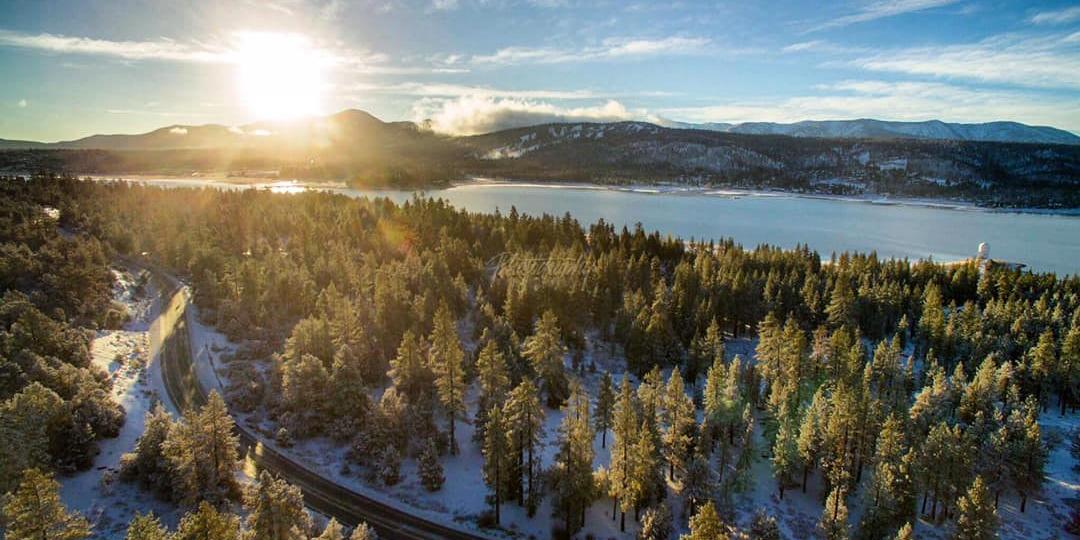Safe Winter Travel to Big Bear
How to plan for safe winter driving and navigating Big Bear parking, transportation, and activities like a pro.
During the snowy, winter season in Big Bear Lake, it is important for visitors to prioritize safe travel, respectful visitation, and thorough planning. Taking the time to plan helps you avoid peak crowding time, long waits, and other frustrations that can take away from an enjoyable vacation. Read below on how to plan and be prepared for common winter conditions.
Travel Checklist
Check Weather Conditions
Any time you travel into mountain regions, you must consider weather conditions:
- Check the weather forecast for Big Bear Lake before you leave home and be prepared to handle storm conditions if they are forecasted.
- Weather resources: BensWeather, AccuWeather, WeatherChannel
- We never recommend travelling during storm conditions.
- Stormy conditions can create icy roads and low visibility. Be sure your vehicle is equipped to manage these conditions if you travel during a storm.
- Stormy weather conditions may cause roads in mountain regions to close. Check road conditions at CalTrans Quickmaps before you head into mountain regions.
Check Road Conditions
Follow CalTrans Quickmaps to keep track of road conditions and to know when tire chain conditions are in effect.
From Dec 1 through Apr 1, you MUST carry tire chains in your vehicle when driving in mountain regions. This is mandatory even if you aren't required to install chains. When CalTrans calls for chain requirements, checkpoints are set up and cars will be screened for tire chains before being allowed to pass.
Resources:
Check Tire Chains
The time to buy chains is before you need them! It is recommended to purchase tire chains off the mountain as auto retail stores in Big Bear have a limited supply. To select the correct chains, make sure to:
- Check your vehicle manual to determine what chain types work best for your car
- Check what size wheels to buy chains for.
- Tire chains are installed on your vehicle's drive wheels. Know which wheels are your drive wheels.
- Be sure to follow the instructions included in your tire chain kit.
- Ask the auto retail staff for guidance in purchasing chains.
- NOTE: Many rental car agencies may not allow chains to be installed. This is not an excuse to ignore chain requirements mandated by CalTrans. It is recommended that you rent a 4-wheel or All-wheel drive vehicle.
Tire Chain Resources:
Have a Backup Plan
As mentioned above, severe storms and road conditions can close roads in mountain regions. Lodging facilities are often sold out in winter months and if you aren't able to drive down the mountain due to a closure, you may need a back-up plan ready if you can't return home.
When planning your Big Bear vacation, be sure you know what weather to expect before you drive to and from mountain regions. If a storm is predicted, try to travel a day before or a couple of days after to ensure that roads have been safely cleared.
You may also consider booking an extra lodging night if you're unsure if you'll be able to return home during a storm.
